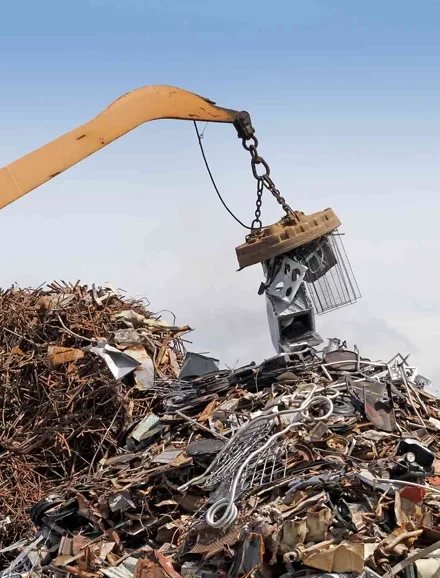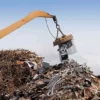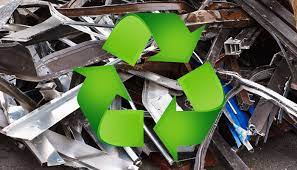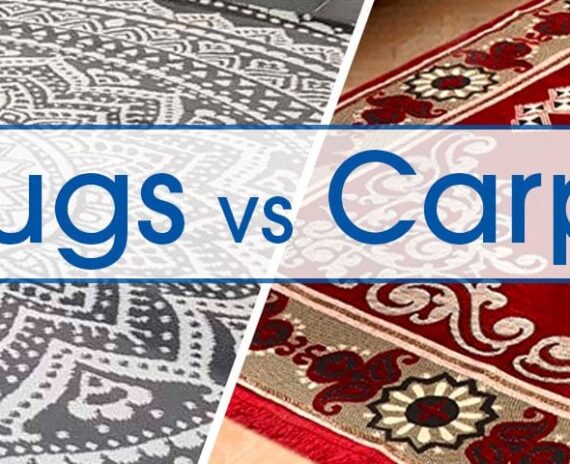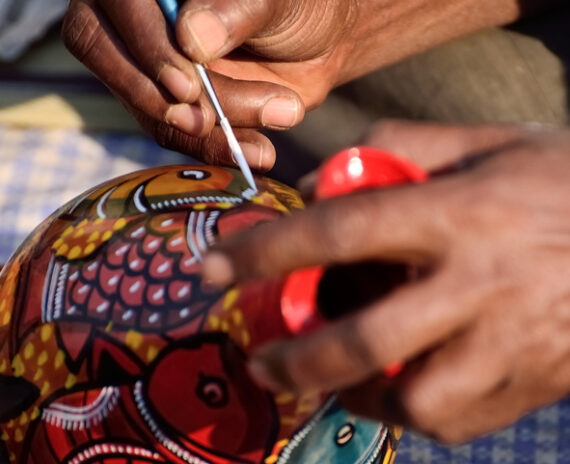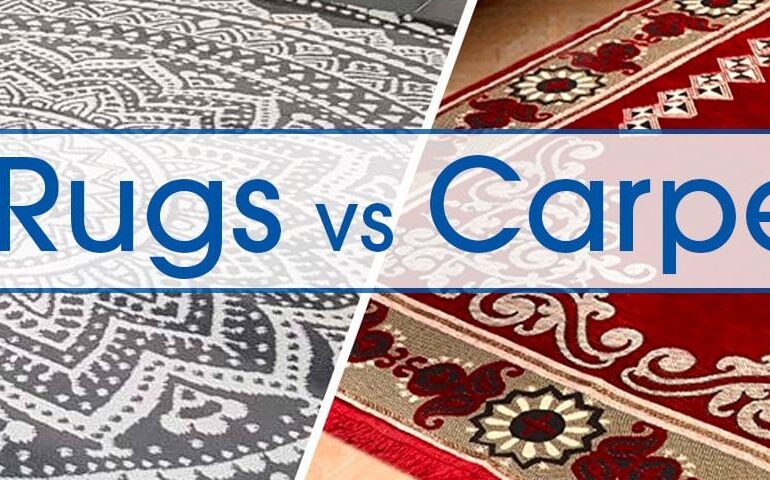
We are the Best Metal Scarp Exporter & Supplier
Leading Metal Scrap Exporter & Supplier
These scraps are widely used in different sectors owing to high level of purity, excellent metallurgical properties and corrosion resistant design. Our company is assisted by reckoned vendors of the market to meet varied industrial demands of the clients.
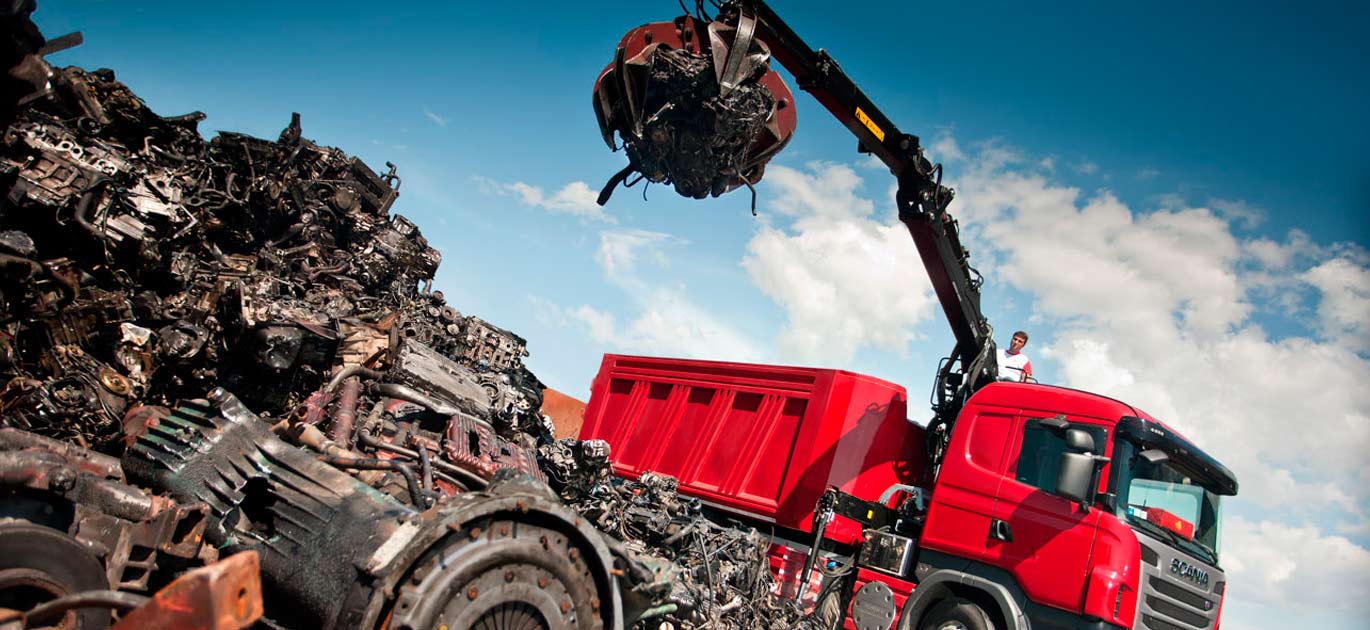
With MSKtrimpex you can do these and more, quickly, easily and safely.
Buy, sell and transport scrap metal right now!
MSKTrimpex is an online marketplace catering to the niche Non-Ferrous Metal Industry trade, providing a complete solution to facilitate easy trade, along with on-the-go latest information about the metals.

With MSKtrimpex you can do these and more, quickly, easily and safely.
Buy, sell and transport scrap metal right now!
MSKTrimpex is an online marketplace catering to the niche Non-Ferrous Metal Industry trade, providing a complete solution to facilitate easy trade, along with on-the-go latest information about the metals.

Handicraft
A World Wide Leading Metal Scrap Exporter & Supplier
We are Professional And Expert In Metal Scrap Export & Supplier.
1
Projects Completed In Last 5 Years
1
Happy Customers Who Trusted Us
1
Awards Milestones Awarded To Us
MSK Trimpex, Inc. is one of the leading metal scrap exporters worldwide. Our mission is to provide customer focused solutions to markets worldwide that value various metal products and services
MSK Trimpex, Inc.is one of the leading suppliers of various grades of Copper scrap, baled and loose Aluminum scrap, Zinc scrap, Ferrous scrap including Shredded steel, HMS 1&2, Foundry scrap and Stainless scrap.
MSK Trimpex, Inc. is staffed with experienced and highly competent employees, each driven by the goal of ensuring paramount service to our customers and suppliers. MSK has in-house capabilities to handle all export paper work.

Mr Umer Munshi
We deal in marketing & distribution
of Stainless Steel.
Worldwide Supplier of Ferrous & Non-Ferrous scrap metal
We are committed to provide high-quality products to the clients in bulk quantities according to the demands of the clients. These scraps are available in different forms and specifications at affordable prices.
We deal in marketing & distribution
of Stainless Steel.
Find Your Solution
Making Tomorrow Different Today.
Professional And Expert In Metal Scrap Export & Supplier.
We have been conducting stringent quality tests on scraps on diverse parameters to ensure to provide zero defect scraps. Our huge warehousing unit ensures the safe storage and swift retrieval of the scraps. With qualitative products, timely delivery and client-centric policies, we have become one of the prime choices of the clients.
MSK Trimpex helps users match the products perfectly; eliminating the 99% garbage results. MSK Trimpex Spot is a fair and impartial marketplace. Its members connect online through a secure and reliable system, increasing efficiency in their businesses as well as reducing costs.
Personalised Offers
In 10 seconds you can propose your offer, with your own specification
Finance Services
You can't pay now with your money? Pay later with Easy-Pay
International Logistics
Several logistics companies ready to transport your material everywhere with one click
Inspections
Can't trust the quality of supplier material? Send our Inspection Team, we will check for you!
Improving The Performance Of Metals
Connecting Scrap Metal Buyers & Sellers
With our innovative technologies, clear focus on the needs of our customers, and 1,210 dedicated employees, we energize society. Let’s make tomorrow different today!
Customers Doing it Their Way
Our Customers Share Their Experiences & Insights

Solatec has been absolutely the best to work with. Their attention to detail and customer support was amazing!!
Solatec has been absolutely the best to work with. Their attention to detail and customer support was amazing!!
Solatec has been absolutely the best to work with. Their attention to detail and customer support was amazing!!
Solatec has been absolutely the best to work with. Their attention to detail and customer support was amazing!!
Solatec has been absolutely the best to work with. Their attention to detail and customer support was amazing!!
Contract & Recycle Scrap
Want to use our data-driven approach to reach non-ferrous industry members? Get in touch.
Discover independence through the Metal Scrap.
Want a Good Value for your Scrap with us?
Get Reach with us at any time from any where
We have years of expertise in the domain of scraps enabling us to meet the exact demands of the clients.
With qualitative products, timely delivery and client-centric policies, we have become one of the prime choices of the clients
Good Scrap Price
Scrap Import & Export
On Time Response
Request A Quote



Receive an accurate quote within 3-5 days when you fill out the form on this page. Or, give us a call :
+971588699172
Quick Contact
If you have any questions or need our help, feel free to contact on our number any time.
MSK Trimpex Global FZ-LLC
Address : FRDK 5980, Compass Building,
Al Shohada Road, Al Hamza Industrial Zone-FZ,
Ras Al Khaimah, United Arab Emirates (UAE)
Useful Links
©2023 MSKTrimpex, All Rights Reserved. Developed by CSS Infotech

